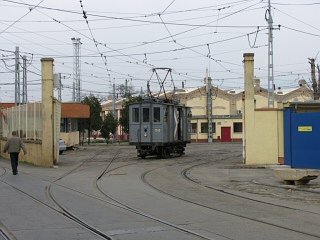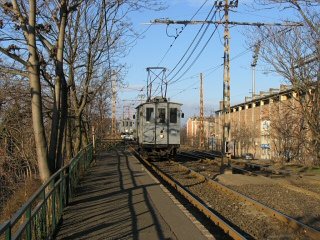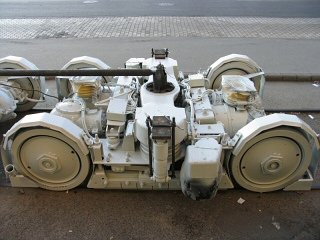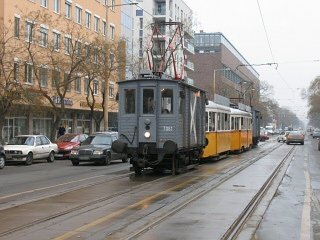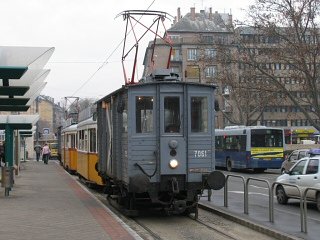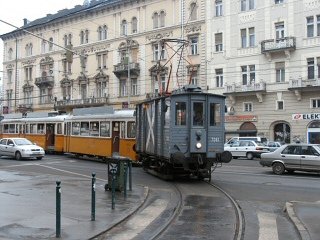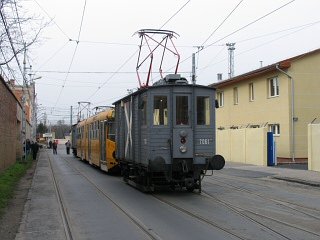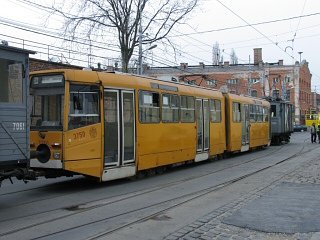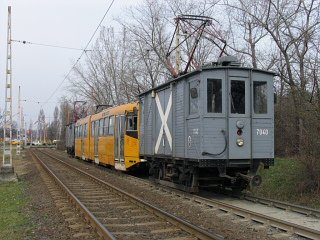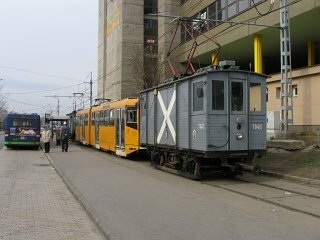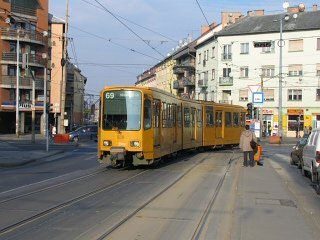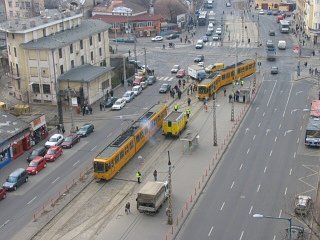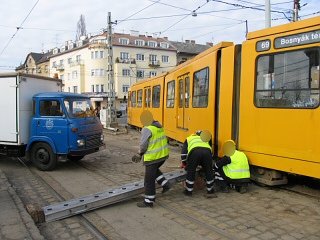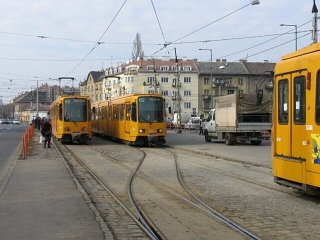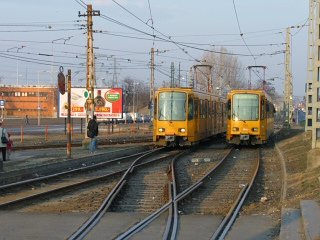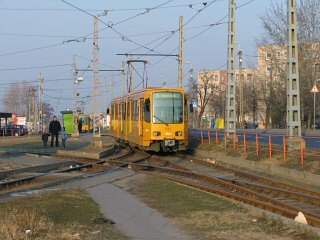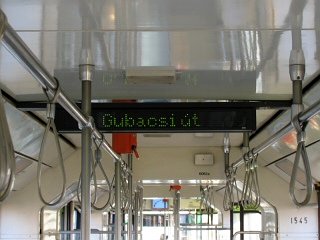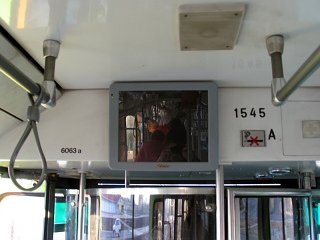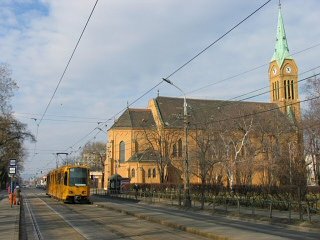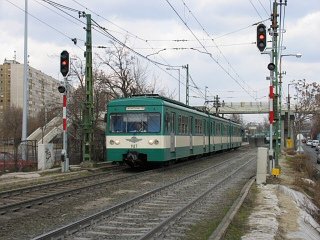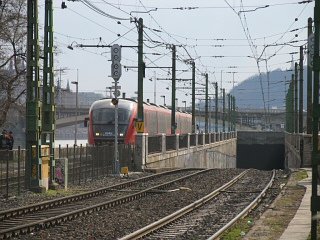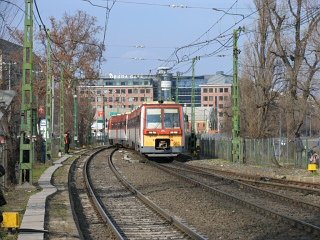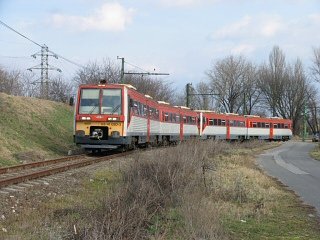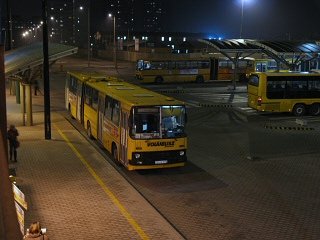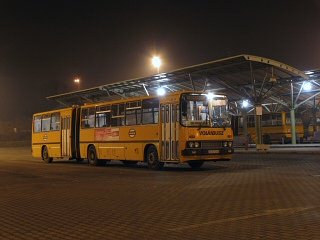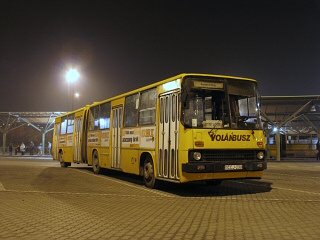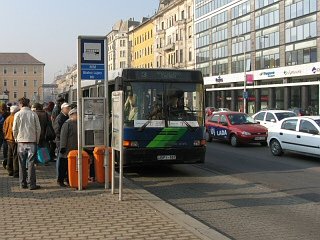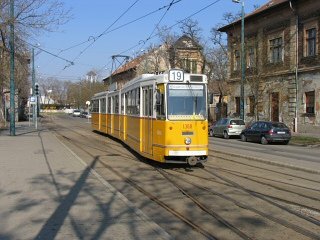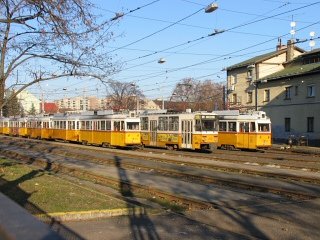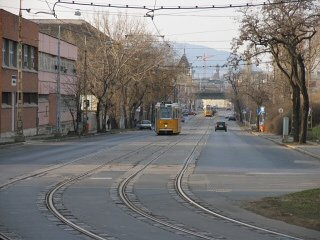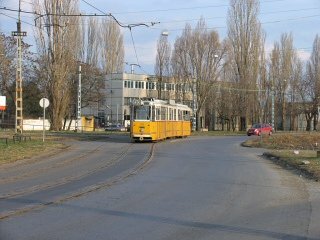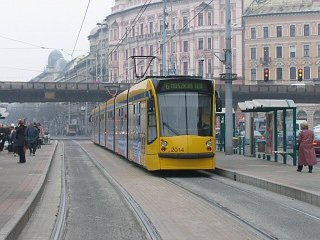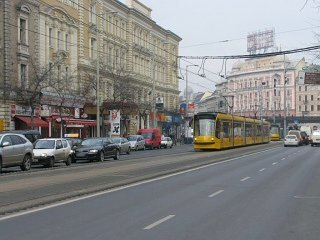budapest
other hungarian
close-up
lost rails
other countries
It's been quote a while, so here I go again!
Let's start with one of the most interesting vehicles of Budapest: the Muki.
After a bit of a pause, these old beasts could be seen several times every week, mostly whilst pushing/towing refurbished trucks from the Fehér út main workshop to the depots - or doing the same with worn trucks the other way around.
On the left we can see one Muki towing refurbished Tatra T5C5 trucks, with another Muki securing the way in front. On the right: this is how these trucks are being moved.
More Muki: with a UV and a trailer car in Fehérvári út and at the terminus of route 4. Note that this Muki has "big railway"-type buffers, not just the single center one used on older Budapest tram types.
The same "train" leaving the Grand Boulevard at Mester utca (left) and entering depot Zugló.
The "prototype" car number 3750 hasn't been used for a while. Since it's too expensive to keep it running, it shall be transported to the Urban Public Transportation Museum in Szentendre. But before that, it was taken to the Fehér út main workshop to get a fresh paintwork. Here we see the transport leaving remise Hungária.
Turing onto Fiumei út (left) and near the main workshop in Fehér út.
Keep on singin', iron wheels! ;)
Left: the transport waiting at the gates of the main workshop. Right: the connecting device between the coupler of the Muki, and the "SchaKu" of 3750.
TW6000s seem to have been neglected a bit on these pages, so here are now a series of photos of these ex-Hannover tramcars.
To the left: in the crossing of Nagy Lajos király útja and Erzsébet királyné útja. To the right: one of the TW6000s has derailed in the crossing of Nagy Lajos király útja and Thököly út on a defective switch.
To the left: some of the bogies of the TW6000 have stayed on the track, others went astray. To the right: the BKV technical rescue crew first lifted up the car a bit, then they slid it to the side, over the rails. Then they dragged it until it got back to its normal shape.
To the left: while the crossing was blocked by the derailed vehicle, the trams of route 3 and 62 reversed on the switch which used to be the terminal crossover of "lost" route 64. To the right: the rest of these services was supplemented by buses.
To the left: Gubacsi út, the terminus of route 3, with two TW6000s. But what's with the one on the right? Yes: this car has a dot-matrix destination/route number display (see photo on the right) instead of blinds.
It also has an internal dot-matrix passenger information system (left) - and LCD monitors (right) for displaying ads. The latter was switched off when I saw it.
As a new thing, TW6000s started to appear on route 42 on evenings and weekends! To the left: Templom tér, to the right: the recently rebuilt terminus Tulipán utca.
The Újpest railway bridge - connecting the state railway (MÁV) line leading to Esztergom with Nyugati pályaudvar - will be completely rebuilt this summer. During this time, trains suppose to run to Margit híd (near the Grand Boulevard tramlines) via the tracks of the Szentendre HÉV (vicinal railway) line. If this will work, was tested on February 23.
To the left: a short unit of the HÉV. To the right: a double unit of Siemens Desiro DMUs of the state railways. The HÉV is electrified with 1000 volts DC (unlike the 25 kilovolts AC used by the MÁV), but this will be no problem, since the railroad to Esztergom is not electrified, and is therefore operated with DMUs.
The Desiro next to the ramp leading to the underground stretch of the HÉV (left), and heading back north (right). The underground section of the HÉV (including one stop and the terminus at Batthyány tér) was not built with ventillation systems strong enough for the usage with diesel units, so MÁV trains will terminate on a stub track on the surface.
Left: after the Desiro, a Class 6341 DMU also tested the HÉV tracks. To the right: the 6341 leaving the HÉV via the connecting track leading to the Óbuda station of MÁV.
Some examples of the indestructable Ikarus 280 articulated bus. This type was introduced in 1972, but was built well into the 1990s.
To the left: another Ikarus 280 used by the Volánbusz company, operating suburban and interurban coach lines. To the right: a more modern Ikarus: type 435, with a broken dot-matrix destination display, thus displaying two destination signs behind the windshield to compensate the defect.
Yes, I know that buses are not exactly what you are expecting from these pages, so here are some more yellow beauties:
To the left: a shiny Ganz artic leaving the terminus of route 19 at Etele tér. To the right: withdrawn UV trams stored in remise Angyalföld.
Two photos from the most neglected and run-down tram service in town: route 30 in Gubacsi út.
And to end this page in a slightly happier mood: two Combinos at Nyugati tér.
Th...th..tha...that's all folks (at least for now)
Back to the top Back to the main page

